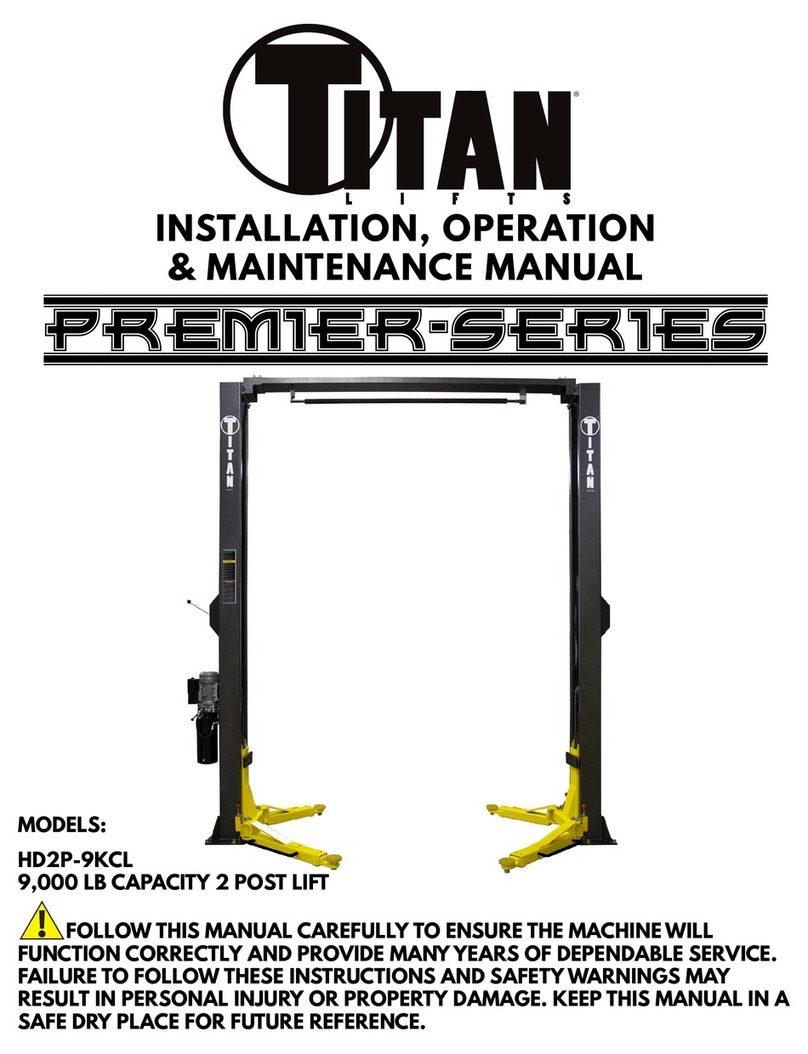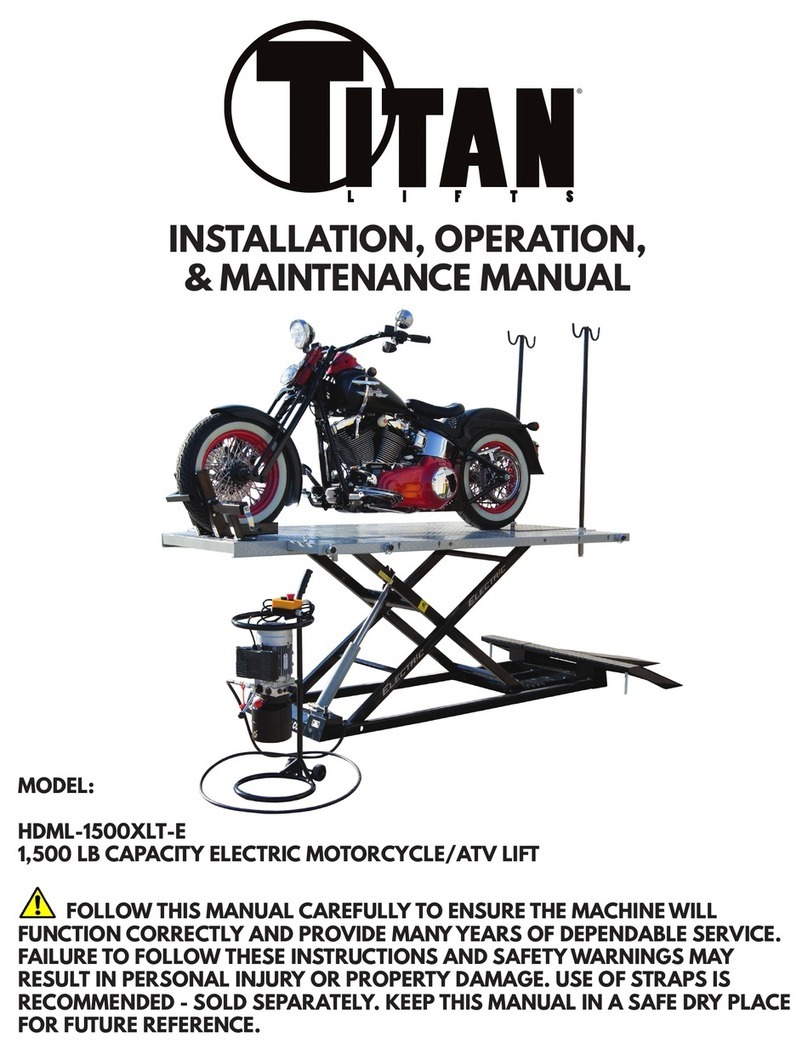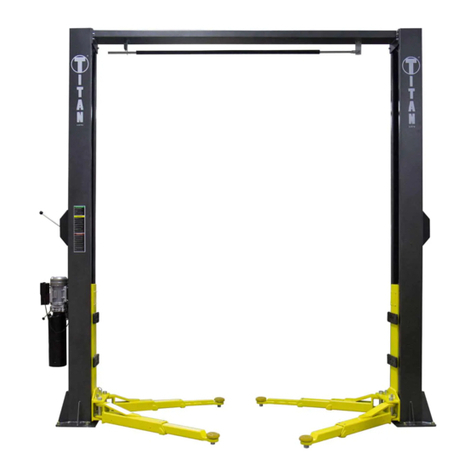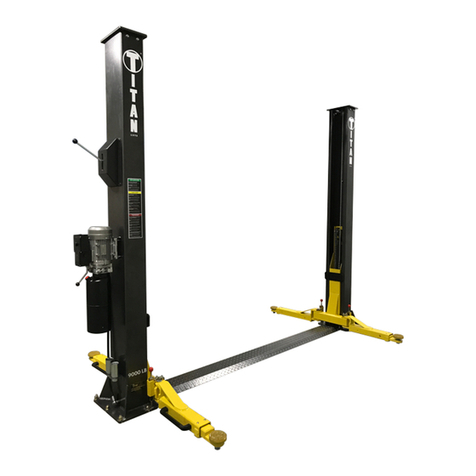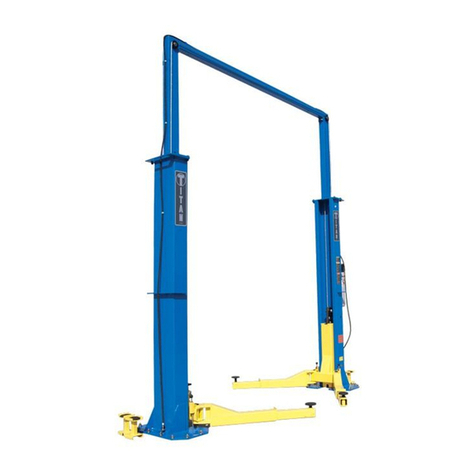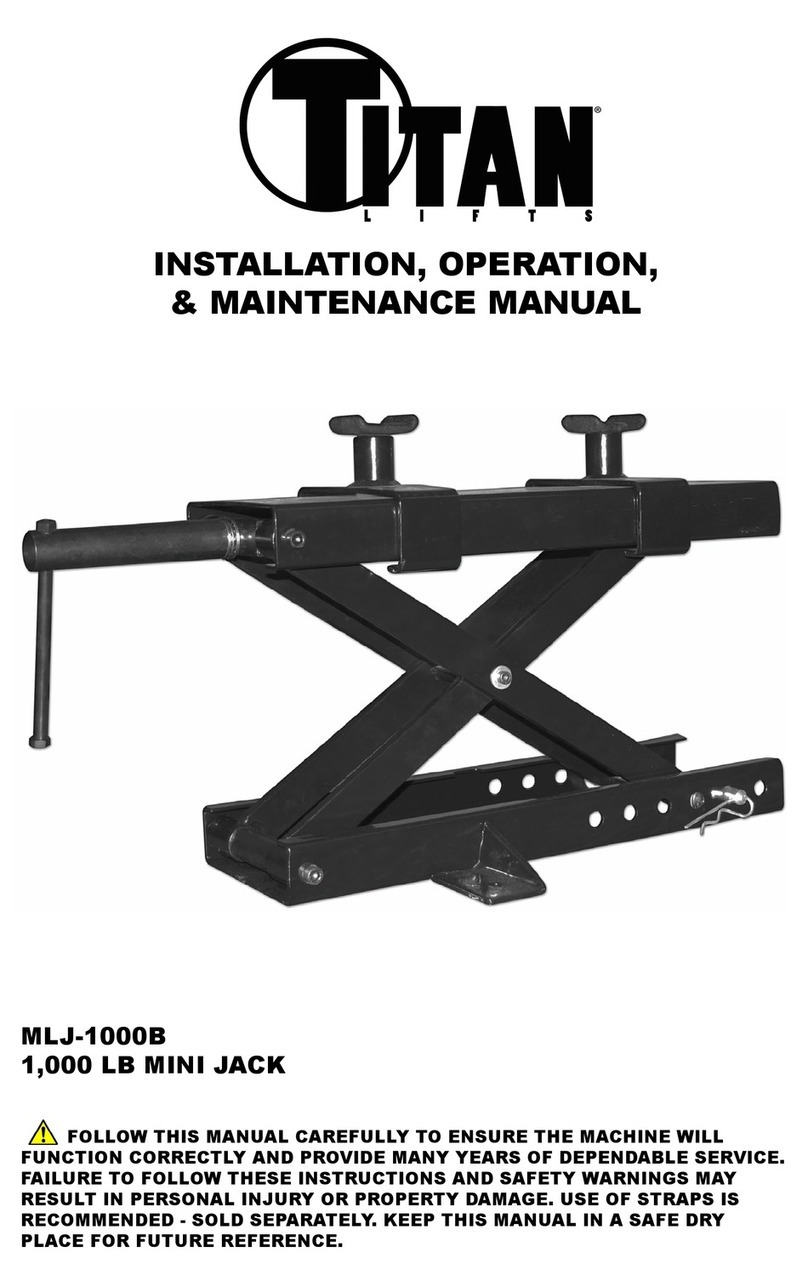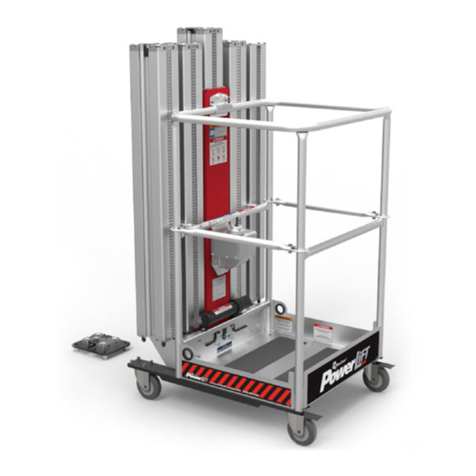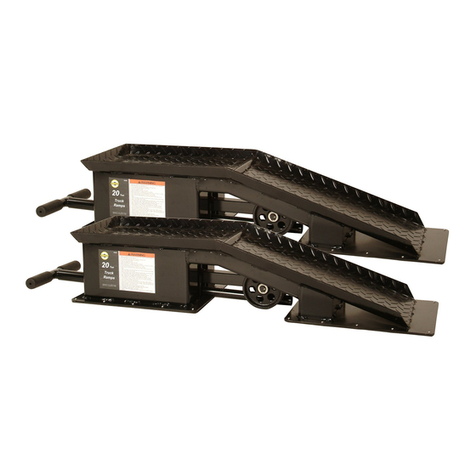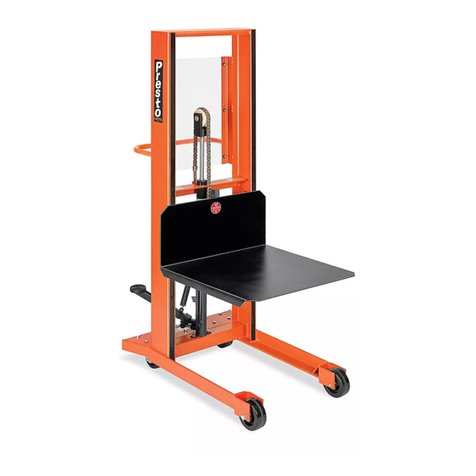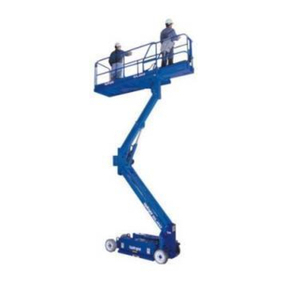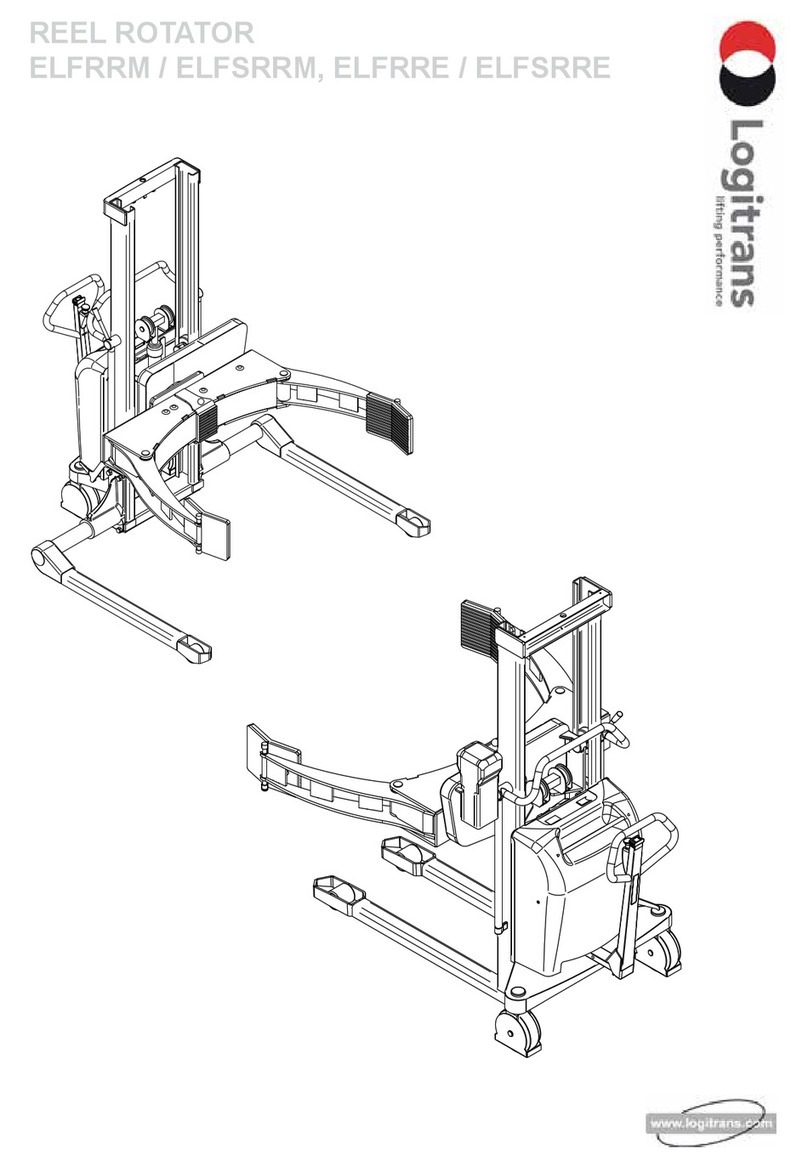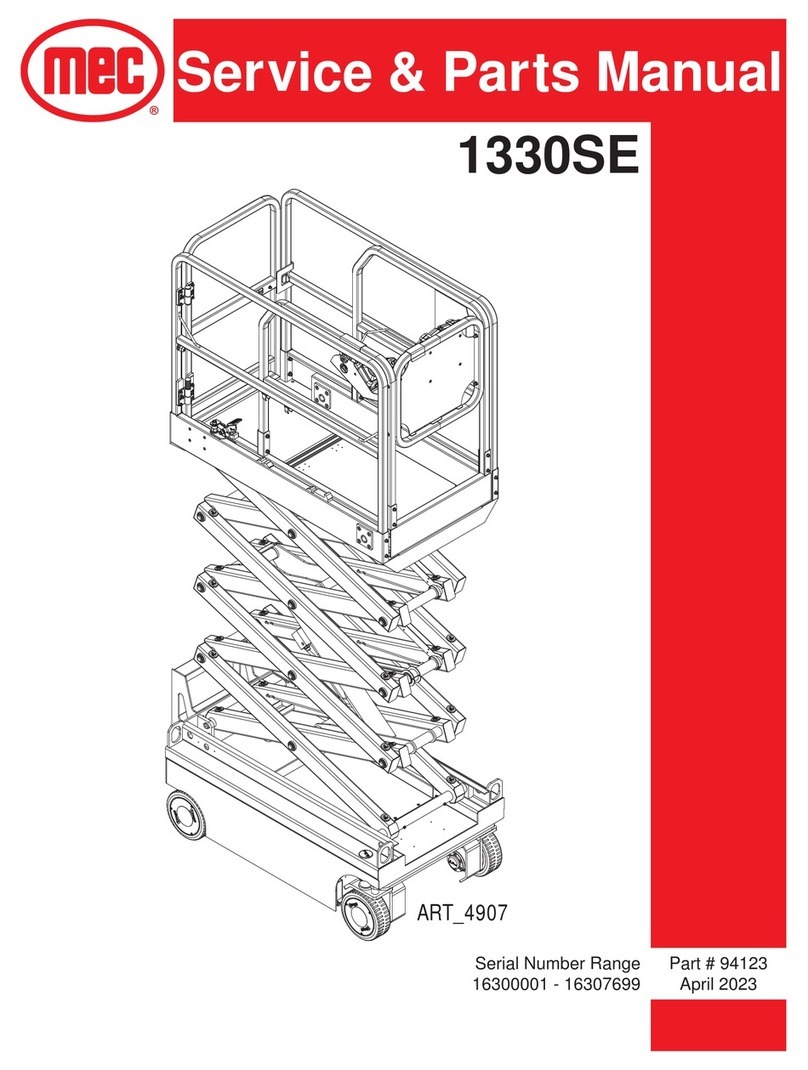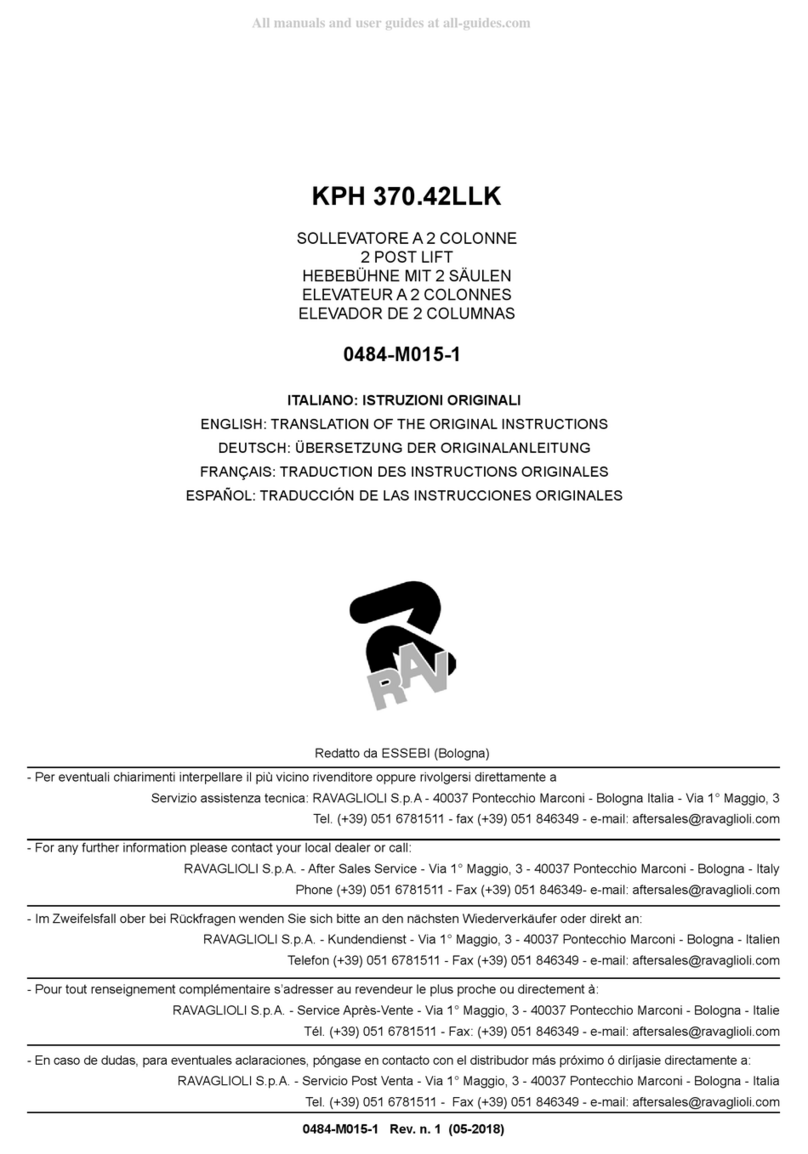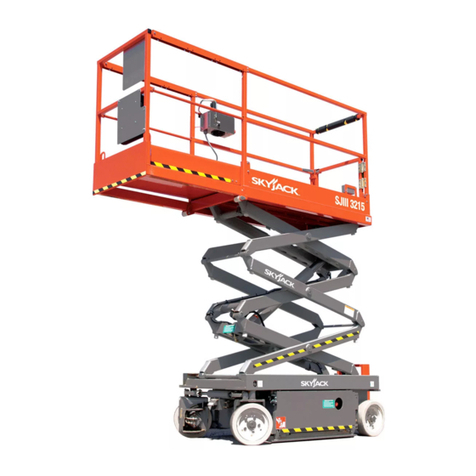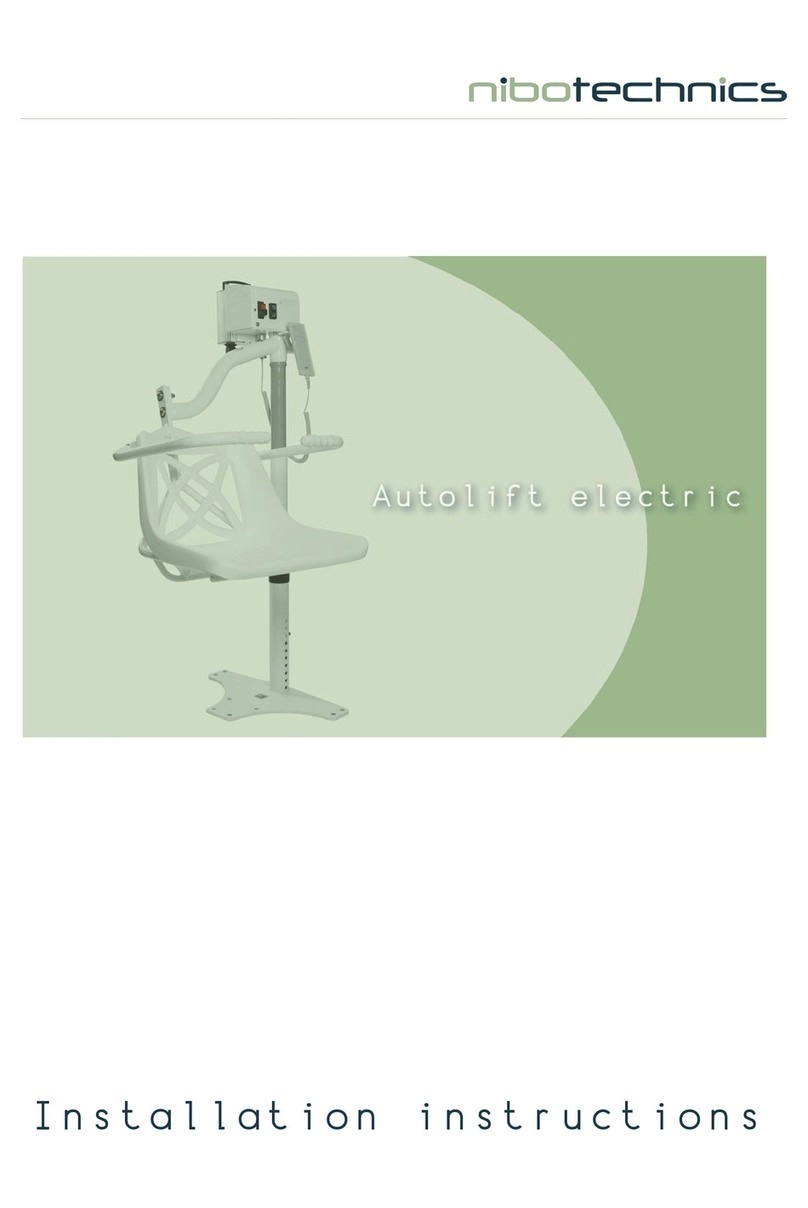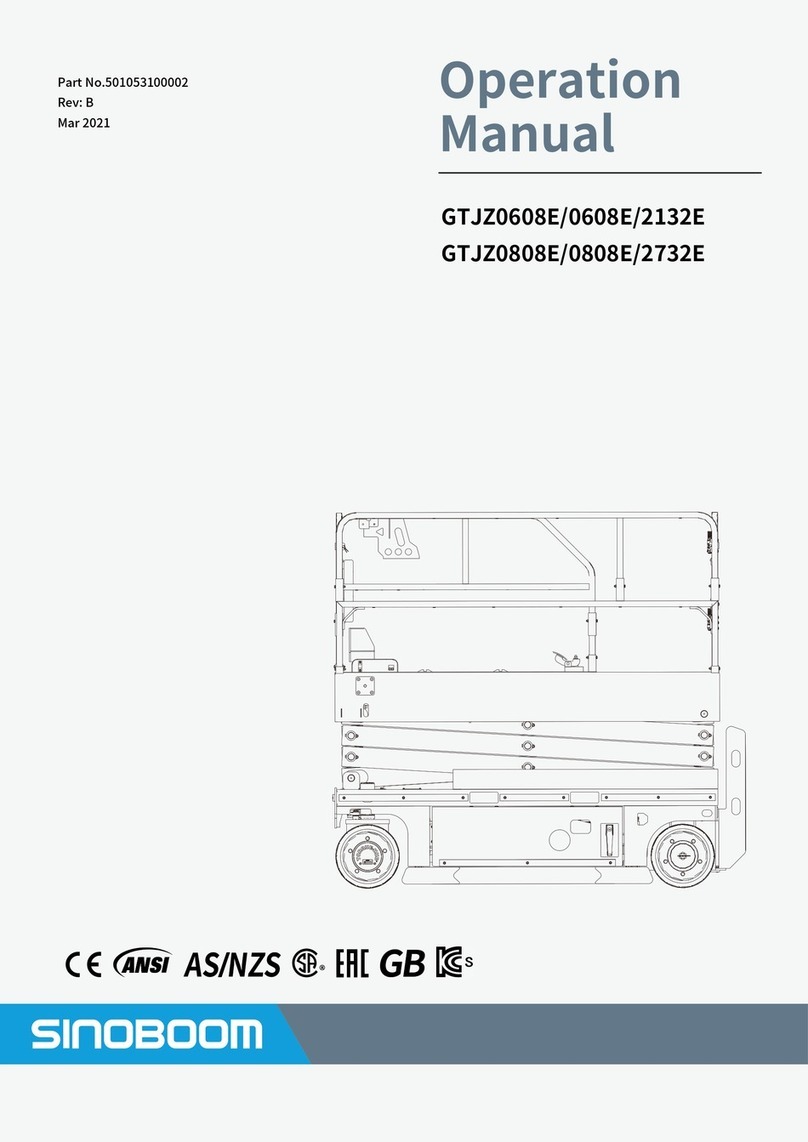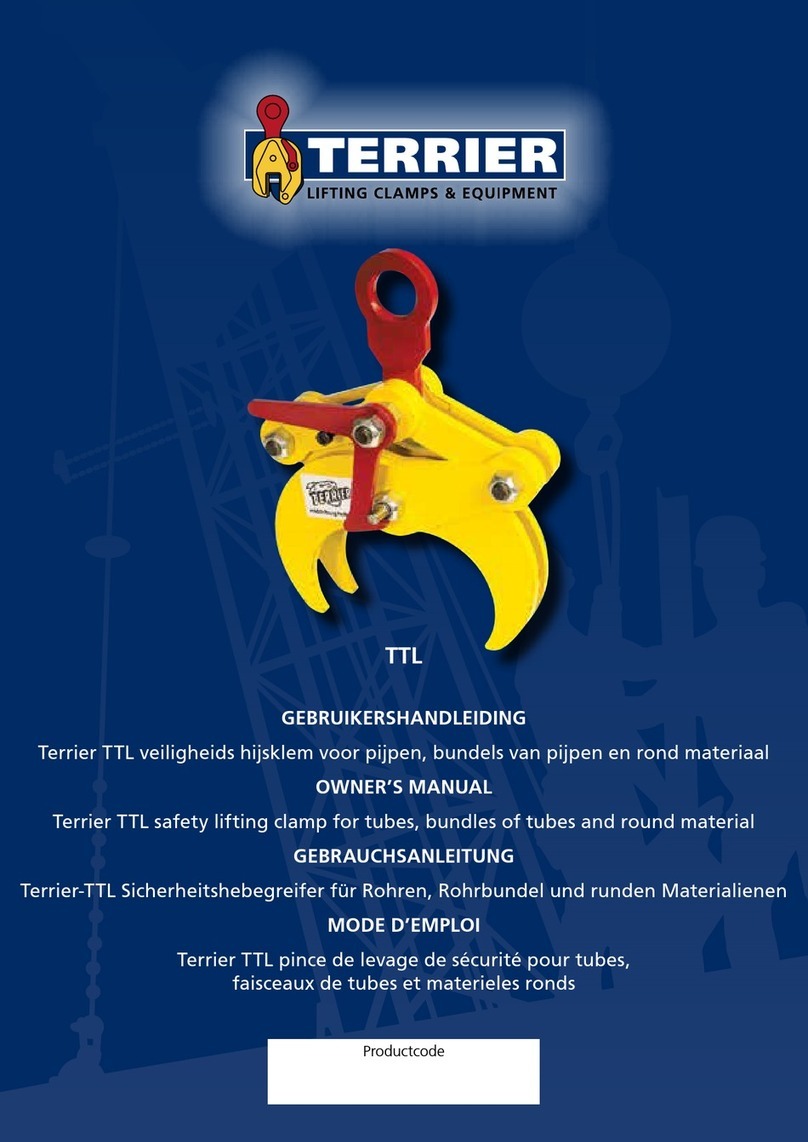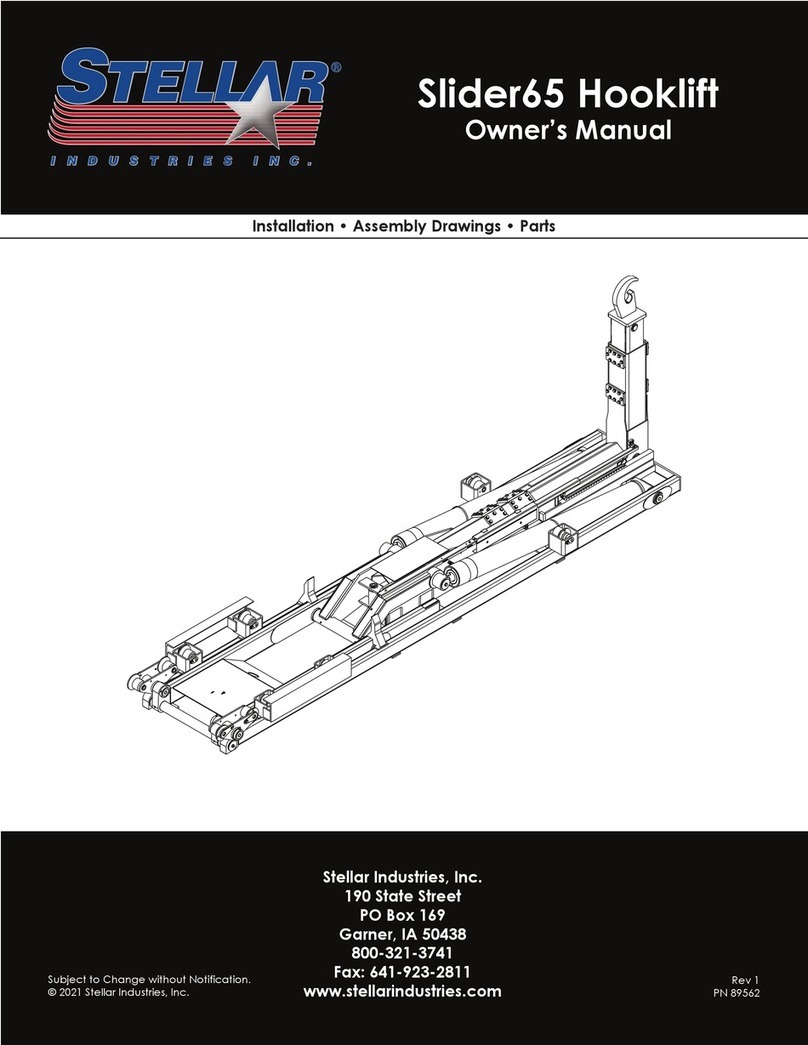
CONTENTS
1-SAFETY........................................................................................................................... 1
1.1 INTRODUCTION .............................................................................................................................. 1
1.2 SAFETY INSTRUCTIONS FOR COMMISSIONING ............................................................................. 1
1.3 SAFETY INSTRUCTIONS FOR OPERATION...................................................................................... 1
1.4 SAFETY INSTRUCTIONS FOR MAINTENANCE................................................................................. 3
1.5 RISKS............................................................................................................................................. 3
2-DESCRIPTION .................................................................................................................4
3-UNPACKING & SETUP ..................................................................................................... 5
3.1 DELIVERY AND CHECK OF PACKAGES ............................................................................................ 5
3.2 LIFTING AND HANDLING ................................................................................................................ 5
3.3 PREPARATION................................................................................................................................ 5
4 SPECIFICATIONS.............................................................................................................6
5-FLOOR REQUIREMENTS..................................................................................................6
5.1 SELECTING THE SITE AREA ............................................................................................................ 6
5.2 FLOOR REQUIREMENTS ................................................................................................................. 6
5.3 IMPORTANT CONCRETE AND ANCHORING INFORMATION ............................................................. 7
5.4 ANCHORING TIP SHEET ................................................................................................................. 7
6-INSTALLATION INSTRUCTIONS.......................................................................................8
7-OPERATION INSTRUCTIONS ......................................................................................... 11
7.1 DEFECTS / MALFUNCTIONS ..........................................................................................................11
7.2 CONTROLS ....................................................................................................................................11
7.2.1 UP CONTROL.........................................................................................................................................................................11
7.2.2 SAFETY LOCK CONTROL......................................................................................................................................................11
7.2.3 LOWERING CONTROL...........................................................................................................................................................12
7.3 OPERATION...................................................................................................................................12
8-MAINTENANCE ............................................................................................................. 14
8.1 MAINTENANCE SCHEDULE............................................................................................................14
8.1.1 DAILY......................................................................................................................................................................................14
8.1.2 WEEKLY .................................................................................................................................................................................14
8.1.3 MONTHLY ..............................................................................................................................................................................15
8.1.4 BIMONTHLY...........................................................................................................................................................................15
8.1.5 YEARLY ..................................................................................................................................................................................15
8.1.6 EVERY OTHER YEAR.............................................................................................................................................................15
8.2 MAINTENANCE BY OPERATOR ......................................................................................................16
8.2.1 HYDRAULIC SYSTEM ...........................................................................................................................................................16
8.2.2 GREASING POINTS...............................................................................................................................................................16
8.2.3 OPERATION AND WEAR CHECKS........................................................................................................................................17
8.2.4 LIFT STABILITY .....................................................................................................................................................................17
8.3 CLEANING .....................................................................................................................................17
9-TROUBLESHOOTING ..................................................................................................... 18
10-OWNER/EMPLOYER RESPONSIBILITIES ..................................................................... 19
11-DIAGRAMS (FIG. 1-5) .................................................................................................. 20
FIG. 1 - DIMENSIONS ..........................................................................................................................20
FIG. 2 - CABLES...................................................................................................................................21
FIG. 3 - EXPLODED VIEW 1 ..................................................................................................................22
FIG. 4 - EXPLODED VIEW 2 ..................................................................................................................23
FIG. 5 - POWER UNIT...........................................................................................................................26




















